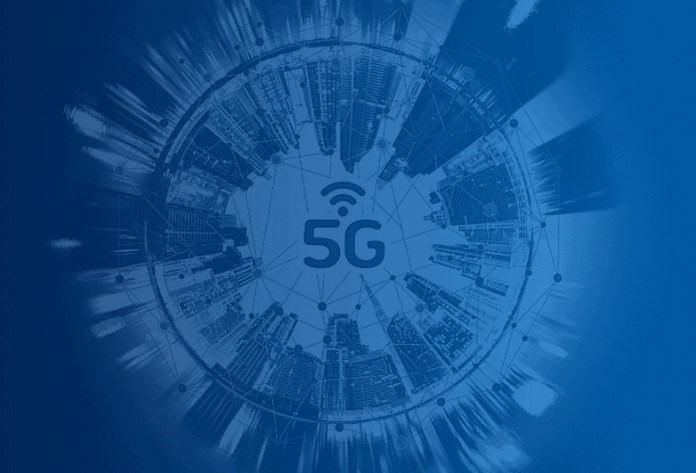According to the Why Energy Management Is Critical To 5G Success report from telecommunications consultancy STL Partners and Vertiv, estimates suggest 5G networks can be up to 90% more efficient per traffic unit than their 4G predecessors, but they still require far more energy due to increased network density, heavy reliance on IT systems and infrastructure, and increased network use and accelerated traffic growth.
But new research also highlighted the practical challenges of 5G energy management facing telecommunications operators.
The report concluded that telecom operators should address these challenges in two ways. By adopting energy efficiency best practices across their networks, and by encouraging their customers to adopt 5G-enabled services to reduce consumption and emissions in all walks of life.
STL Partners estimates global 5G traffic will overtake 3G/4G as soon as 2025, making sustainability an urgent priority for operators. In fact, 40 percent of enterprises surveyed for the report indicated energy efficiency should be the first or second priority for telecom operators when deploying 5G networks.
The report used research including a survey of 500 enterprises globally to outline the challenges telcos face as they wrestle with the increased energy use and costs associated with 5G. The paper identifies several best practices aimed at mitigating those increases and costs, organised across five categories:
- Deploying hardware and software designed and operated for efficiency
- Including new edge data centers to support cloud native IT
- Deploying the appropriate hardware and software to measure, monitor, manage, improve and automate the network
- Taking a holistic, full lifecycle view of costs and investments across the network
- Embracing innovative and non-traditional commercial models, standards and collaboration
“Telecom operators making meaningful energy and cost reductions are doing so by evaluating the entire ecosystems around their network operations – people, objectives, infrastructure and partners,” said Scott Armul, Vice President for global DC power and outside plant at Vertiv.
“Because of the reliance on IT to enable 5G applications, a high degree of collaboration will be required across operators, OEMs and infrastructure providers, and customers to ensure deployments are optimised and every possible efficiency is pursued.”
The report makes clear that network efficiency improvements and best practices, while important, are only one piece of the energy puzzle that comes with 5G. Those efforts must be paired with a more holistic, societal approach to curbing energy use and emissions that leverages 5G capabilities in ways far beyond the control of the telco operator.
“Operators are deploying 5G networks to grow new revenues. This growth will come from new connectivity and applications enabling operators’ customers’ own transformation journeys,” Phil Laidler, Director at STL Partners said.
“To be credible, informed partners for their customers, operators must lead by example. Energy strategy is a great place to start.”









